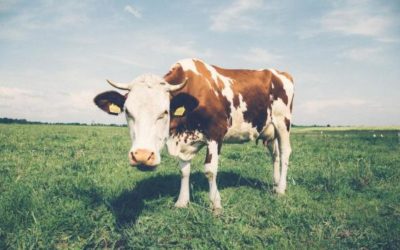A report by Field Agent finds milk prices vary widely across Canada. Since the firm’s last study on milk in March 2020, the average price of four litres of 2% milk has jumped by 3.6%.
The least expensive milk in the country is found in Sudbury, Ontario, where customers pay an average of $4.68 per four litres of 2% milk. The highest priced milk is in St. John’s, Newfoundland, where four-litre jugs do not exist and milk lovers end up spending an average of $3.90 for half the amount. The average price of four litre milk in Moncton, New Brunswick is $7.13, or $1.78 per litre.
General manager of Field Agent Canada, Jeff Doucette says Sudbury having the cheapest milk comes down to competition in the market. By lowering milk prices, food retailers have the ability to generate more traffic.
The larger imbalances between regions have to do with Canada’s supply management system, which controls the amount of milk produced through provincially set quotas, or provincial barriers and inefficiencies.
“In Quebec, there are higher prices in general versus Ontario—that’s more of the supply management piece,” says Doucette. “In Atlantic Canada, it’s really about inefficiencies. Because milk doesn’t flow freely across borders in Canada, you don’t have the efficiencies of shipping milk from Ontario to the Maritimes and doing it at a much lower price.”
So how is the price of milk set in Canada?
The Canadian Dairy Commission states that the price dairy farmers receive for the milk they produce is set in the 10 Canadian provinces. This cost fluctuates on what the milk is being used for, i.e., milk sold to make cheese has a different price than milk sold to make butter.
There are three components to milk, and each has its own cost. The components are:
* the fat contained in the milk, commonly referred to as butterfat;
* the proteins; and
* the other solids found in milk such as calcium and lactose.
How and when is the cost of milk modified?
The provincial milk marketing boards evaluate the price of milk components routinely; this usually happens once a year.
The formula used to calculate most price updates considers inflation and the cost of milk production in the country.
Each month, Dairy farmers in Canada are delegated a quota for how much milk to produce. The system was put in place in the 1960s in order to regulate the dairy supply while ensuring farmers could make a living, which is especially helpful for smaller markets in Canada.
“There are some differences in the milk between the U.S. and Canada,” says Doucette. “If you talk to the dairy industry, they’ll say it’s a different product, but it’s a dramatic difference to be 25% cheaper across the border… Again, I think it highlights the fact that Canada’s milk production and farming system is really inefficient because it can’t deliver the lowest possible price to Canadians right across the country.”
Despite the high prices, dairy farmers stand by the quality of homegrown products.
“Canadians get a good quality product right across one coast to the other,” dairy farmer Derek Canning told CTV Atlantic.
Click here to view our selection of milk and other dairy products from Toronto’s most reliable supplier.










